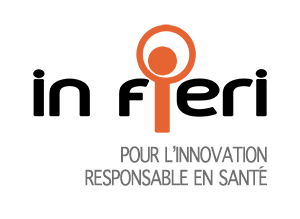
What is the challenge ?
Laboratory diagnostic tests are costly, require equipment and specialized reagents, and take time. Diseases that require expensive diagnostic tests include, amongst others, cervical cancer, ranked 106th in the list of causes of the global burden of disease, and sexually transmitted diseases such as human papillomavirus and hepatitis C, ranked 75th. (3)

Is it innovative ?
Sensoreal microchips detect small amounts of disease biomarkers within minutes using a single drop of blood. Sensoreal technology can currently be used to detect several biomarkers, including vitamin D, human papillomavirus, hepatitis C, certain thyroid hormones, and folic acid. It can also screen for prostate and cervical cancer, as well as identify biomarkers to detect heart disease. (22)

How does it work ?
- The device needs less than one drop of blood to make a diagnosis, about 15 microliters. (22)
- Microfluidics allows diagnostic tests to be performed in a matter of minutes, greatly reducing the usual delays caused by sending the collected samples to laboratories. (22)
- Diagnostic tests using Sensoreal technology have the same quality as those performed in laboratories. (22)

How much does it cost ?
- The small volumes required to perform tests using Sensoreal reduce the cost of purchase of reagents and equipment use. (23)
- The cost of using Sensoreal microchips has been estimated in the diagnosis of elephantiasis, a disease which increases the size of a body part. In this case, microchips with biosensors could be produced for approximately $0.60 per unit and the analytical device is estimated to cost approximately $200. (24)

What is the environmental impact ?
- The analytical device works with batteries and consumes little energy. The microchips would be for single use. However, there is not enough information on the characteristics of the product to determine its true environmental impact. (24)


